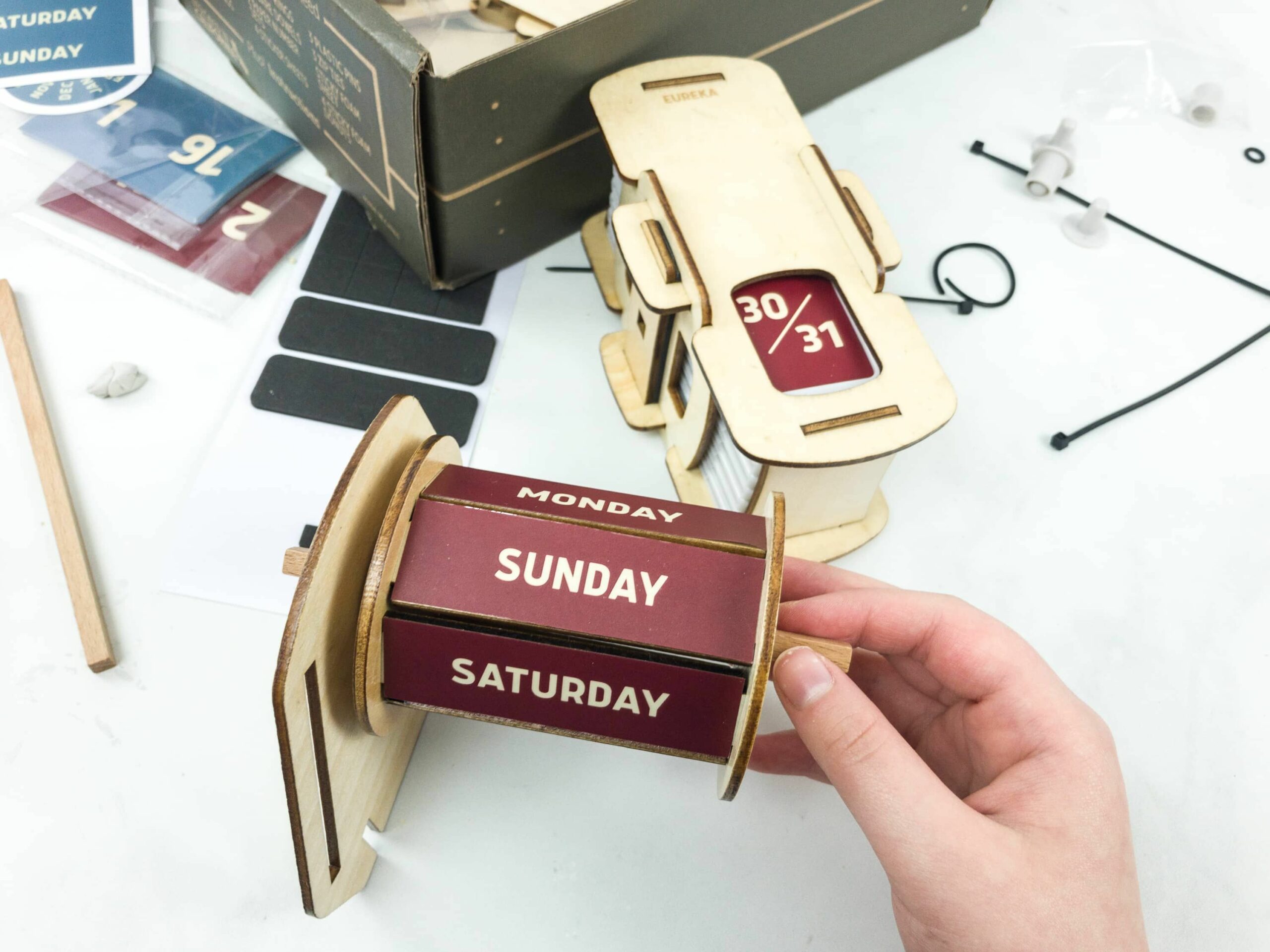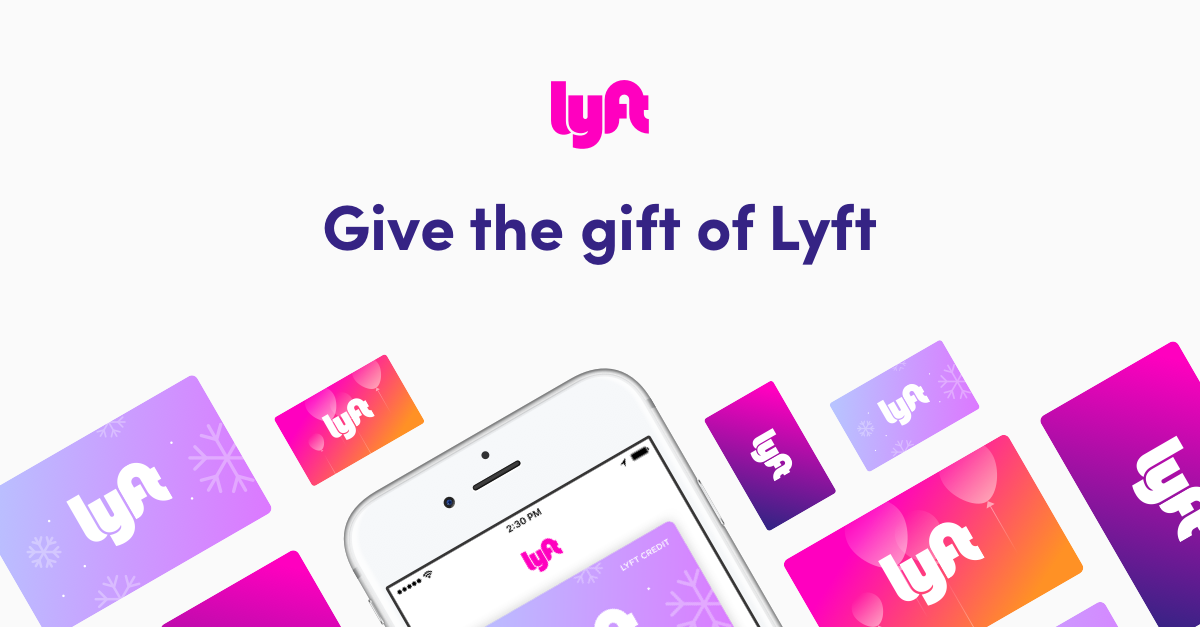Give InKind’s support pages offer assistance to those wanting to know how to be helpful to a loved one in a time of need. Here, we consider how to set up a Give InKind page for someone who is experiencing mental health challenges – or who has a family member in need of help.
Getting Started
Despite efforts to address parity in mental health care law and policy, even the most well-intended people are sometimes uncertain about how to help. The stigma around mental health hangs on. The good news? The best way to defeat stigma is to discuss effective ways to help – and to reach for someone with love and understanding. We remind that mental health issues are 1. treatable, and 2. can be life-threatening. It is an act of love to step in. Those wishing to help should listen without judgment. (See a sample Give InKind Support Page for Someone Experiencing a Mental Health Issue).
Care Calendar
The family situation of the person experiencing a mental health issue is a good place to begin. Demonstrate a general knowledge of the diagnosis (depression, anxiety, etc.) If the person has child/ren, planning for their care is important. If the patient is, him or herself, a minor, consider siblings and their obligations. (As children with psychiatric illnesses reach puberty, more medical attention is sometimes necessary – treatments may include hospitalization.) Use the Care Calendar to add as many actionable items that are needed to help provide care. Remember that for those who wish to protect their privacy, any Give InKind page can be set to private – with the link being shared only to a select group.
Calendar Request Types
- Breakfast, Lunch, Dinner: Meals are the most popular requests. Feeding families is immensely helpful in saving both time and money. People may or may not be up for receiving visitors, but it is appropriate to ask. If prepared meals are not an option for any reason, request gift cards to include options for takeout so that everyone has flexibility.
- Groceries: Fulfill the family’s dietary needs outside meal times with groceries.
- Childcare: If a parent is receiving treatment and there are children at home, consider their obligations. Try to keep a routine as much as possible. This is helpful to a parent because allowing their other children to continue with their interests matters a great deal as far as how they see themselves as parents.
- Adult/Senior Care: If the patient has aging parents, consider them as well. Check that prescription refills are current, that they can worship as they wish, and that they receive necessary assistance with groceries or medical appointments.
- Pet Care: Are there pets to care for? It may be helpful to make temporary arrangements for necessary dog walks, feedings, or pet-sitting.
- Transportation: Recruit help transporting to and from appointments, and more.
- Home Services: From maintenance appointments to helping with chores around the house, use this category for any home services that they may feel like too much. In particular, consider laundry services, house cleaning, etc.
- Custom: The ultimate catch-all category. This is a great way to create opportunities for connection that can otherwise get lost in the shuffle of a crisis. “Custom" can be used for general support such as making sure that the person who needs support does things with people – that someone organizes a hike, that lines of communication with medical care providers are open, and the patient is being compliant with medication.
Announcements
To alert everyone to an important date that doesn’t necessarily require any sign up, use the Announcement option. Additionally, select an informative, heartfelt, or heads up theme to draw attention to your announcement.
Fundraising
People will have different financial circumstances. Make sure to identify a person who will be able to ask about this in a gentle and non-judgmental manner. Emphasize that you understand that their struggle is not a weakness, but a medical issue that needs attention. If there is such a need, simply enable the fundraising button on your Give InKind page and connect your PayPal, Venmo, CashApp accounts, or even a GoFundMe campaign.
Wishlist
The Give InKind Wishlist is another opportunity for others to meaningfully support a person in need of a little extra help. Browse Give InKind’s curated list for suggested items that could help in their unique situation. In addition to take-out, you can include other more non-traditional gift cards as well. When you see an item that could be helpful, use the “+" icon to add to their Wishlist.
You may also add an existing Amazon Wishlist to your Give InKind page.
Communication Preferences
Use Give InKind’s do-not-disturb section to let others know about the recipient’s communication preferences. Change these preferences as often as the situation evolves.
- Phone Calls: Does the recipient want to communicate with others? If so, what is the best way for others to reach out – a phone call or text? Asking about preferences lets them know they are being thought of even if they aren’t always up for talking. Many people appreciate expressions of support even if they can’t respond immediately. Texts and cards are really nice. (Remember cell phone access is limited during hospitalization.)
- Visitors: Does the recipient want visitors? If so, when?
- Flowers: Is the recipient open to receiving flowers? Some people may welcome them. However, in this particular situation, they are not necessarily the thing that is most necessary.
Updates
Add unlimited updates to keep friends and family informed. This is a great place for a designated page manager to keep family and friends up to date or for the recipient to “blog" or “journal" their experience.
Managing mental health challenges can be very isolating and frustrating. Many people who have the courage to seek treatment worry that they will be judged. In helping, you are affirming their dignity and letting them know that you respect their struggle and that you are on their team. Create your Give InKind Support Page here.
If you have any further questions, visit Give InKind’s Help Center or view our helpful articles about how to support someone coping with a mental health issue.
Helpful Products
Give InKind does not provide medical advice, diagnosis, or treatment. We have an affiliate relationship with many of the advertisers on our site, and may receive a commission from any products purchased from links in this article. See Terms & Conditions.




